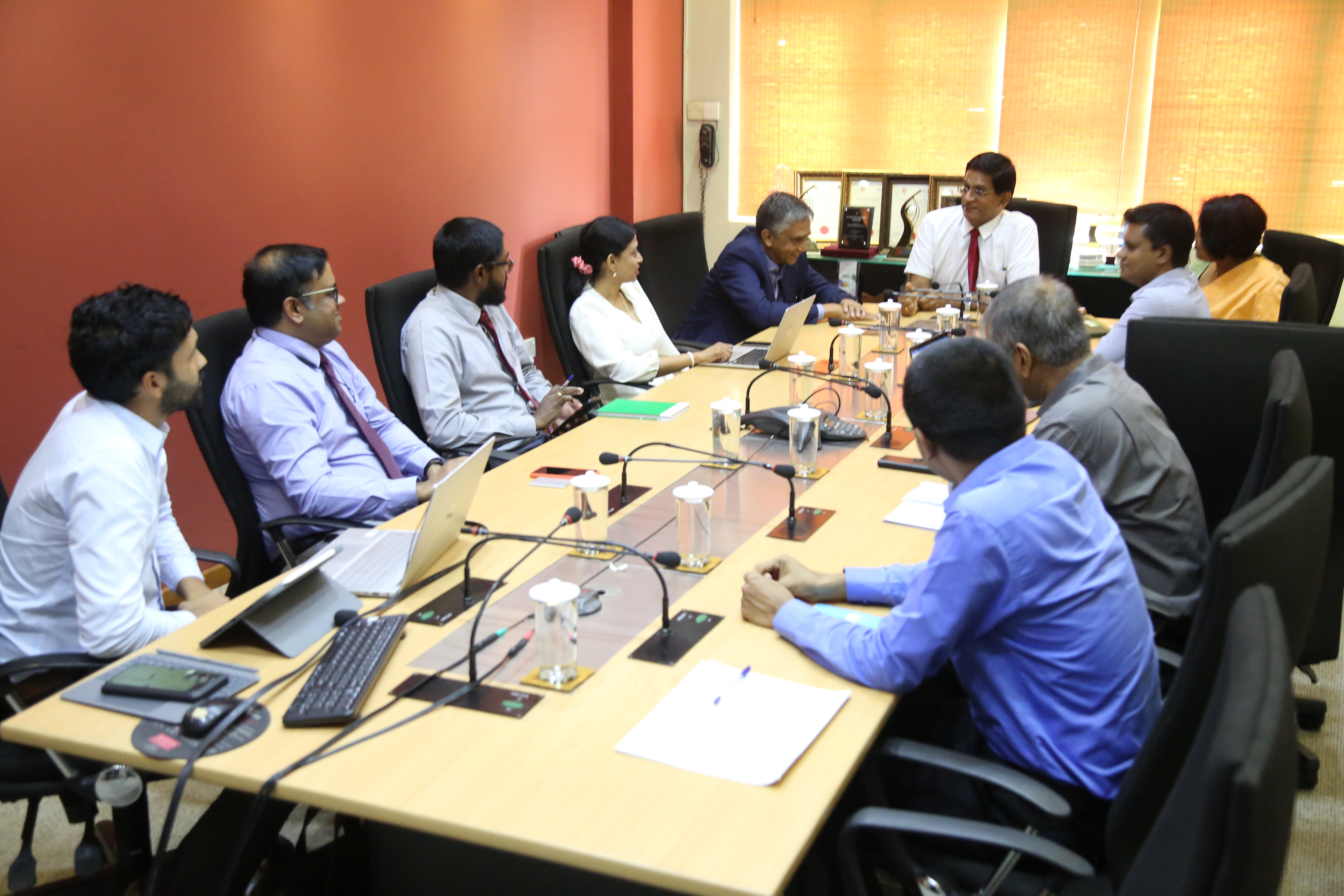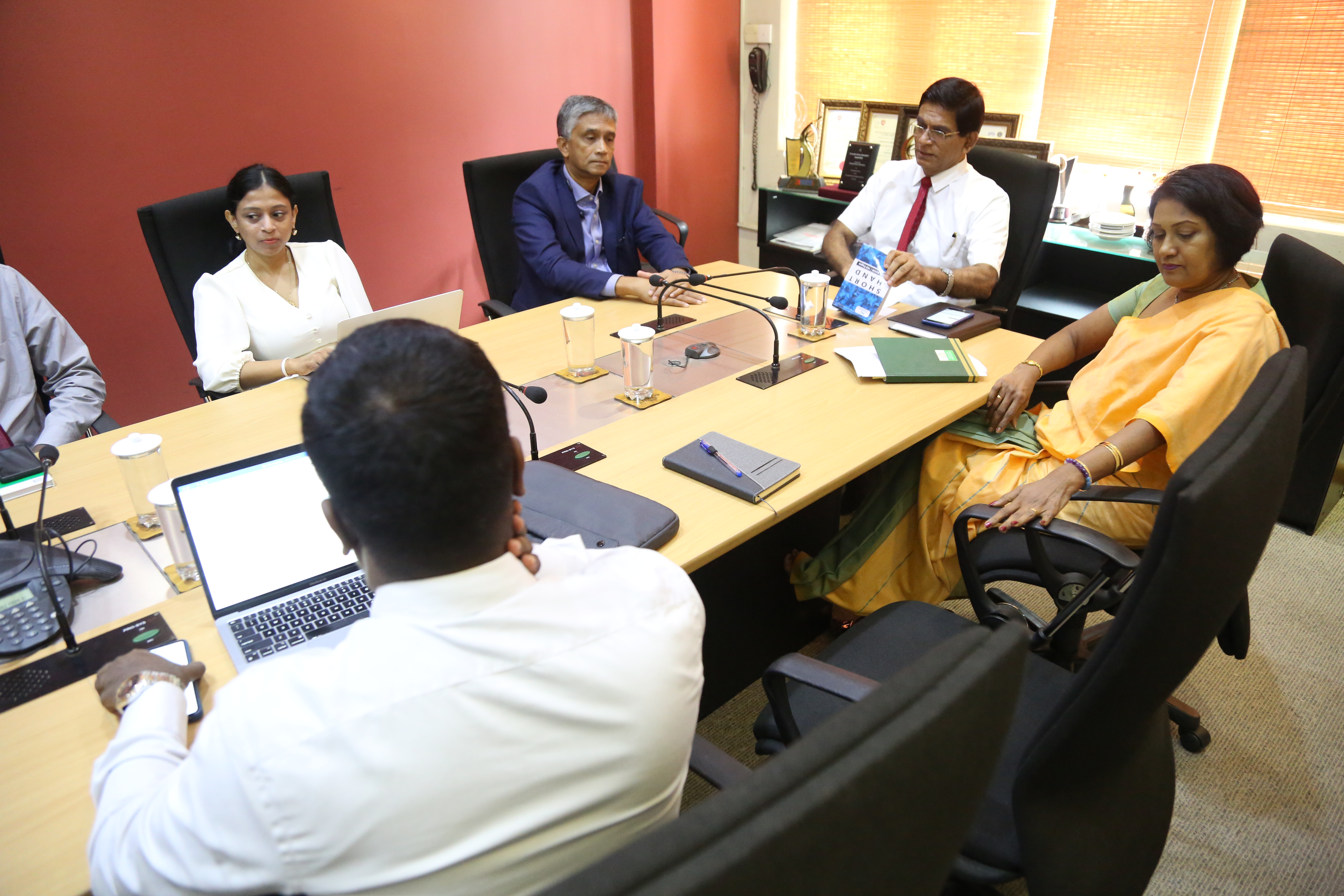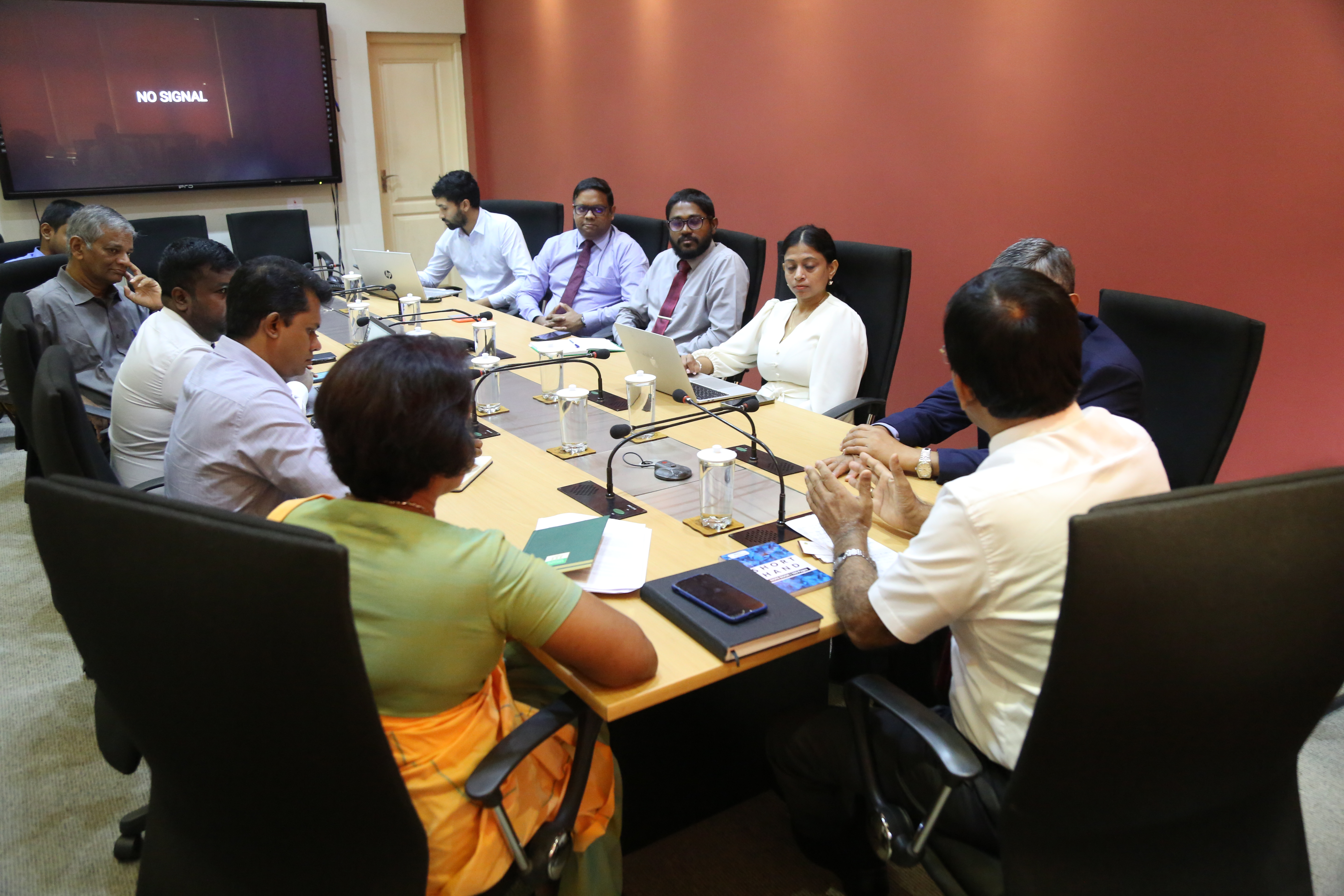Renewable energy (RE) sources presently account for around 50% of the total energy generated in the country. It is planned to achieve 70% of electricity generation in the country through renewable sources by 2030 and make Sri Lanka carbon-neutral by 2050 in line with the SDG 7 of the UN. Given the abundance of RE sources in Sri Lanka such as hydro, solar, wind and dendro-thermal and its small size, it could be made the first net energy exporter in the world.
Green hydrogen (GH2) produced through hydrolysis of water by solar and wind energy is receiving increasing attention worldwide. However, about 95% of hydrogen currently produced is fossil-based, thus very little of it is "green". Because of manifold applications of GH2 in a wide range of sectors and industries such as power generation, manufacturing processes, i.e. steelmaking and cement production, fuel cells for electric vehicles, heavy transport such as shipping, green ammonia production for fertilizers, refrigeration etc, there is immense potential for GH2 in the future.
Therefore, the NSF assembled a team of scientists working on GH2 and allied fields to discuss the prospects and feasibility of producing GH2 using solar and wind energy. A preliminary discussion in this connection was on the 6th July 2023 at the NSF. It was chaired by Prof. Ranjith Senaratne, Chairman of the NSF. Mr. Saliya Wickramasuriya, Chairman, Petroleum Development Authority, Ministry of Power and Energy, Mr. Sajan Wickramasuriya, Vice President of Greenstat, Sri Lanka, Dr. Sepali Sudasinghe, DG of the NSF, Mr. Tissa Liynage, DGM (Engineering), Paranthan Chemicals Co. Ltd, and several academics from the Univ. of Moratuwa incl. Dr. Manoj Ranasinghe and Dr.Thushara Subasinghe attended the discussion.
The NSF will play a strategic role in augmenting the production of renewable energy in Sri Lanka. To this end, it will also hartness Sri Lankan expatriates through its global digital platform. Prof. Harsha Chelliah, a Director at the NSF, USA is already working with the NSF, Sri Lanka.







